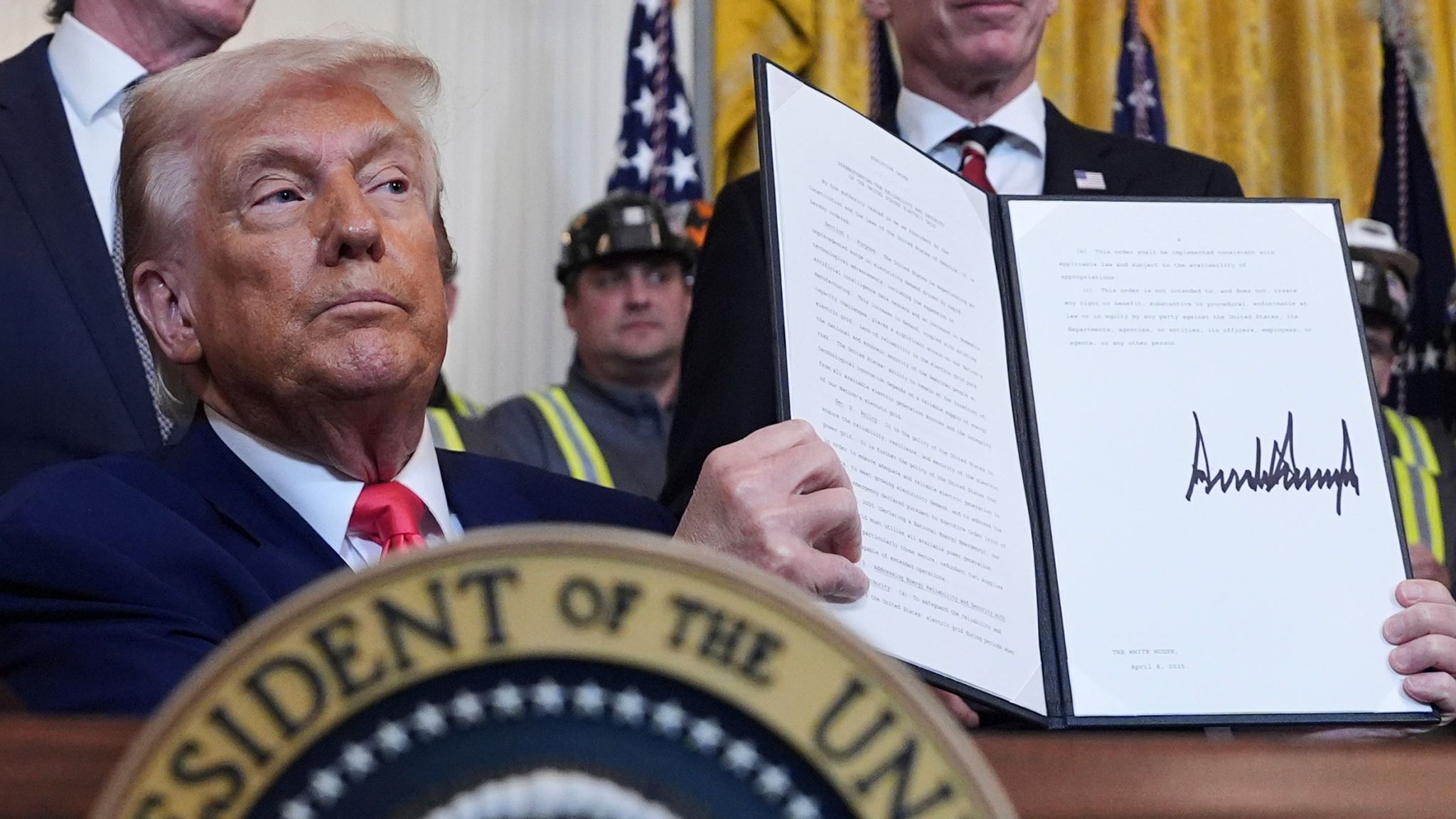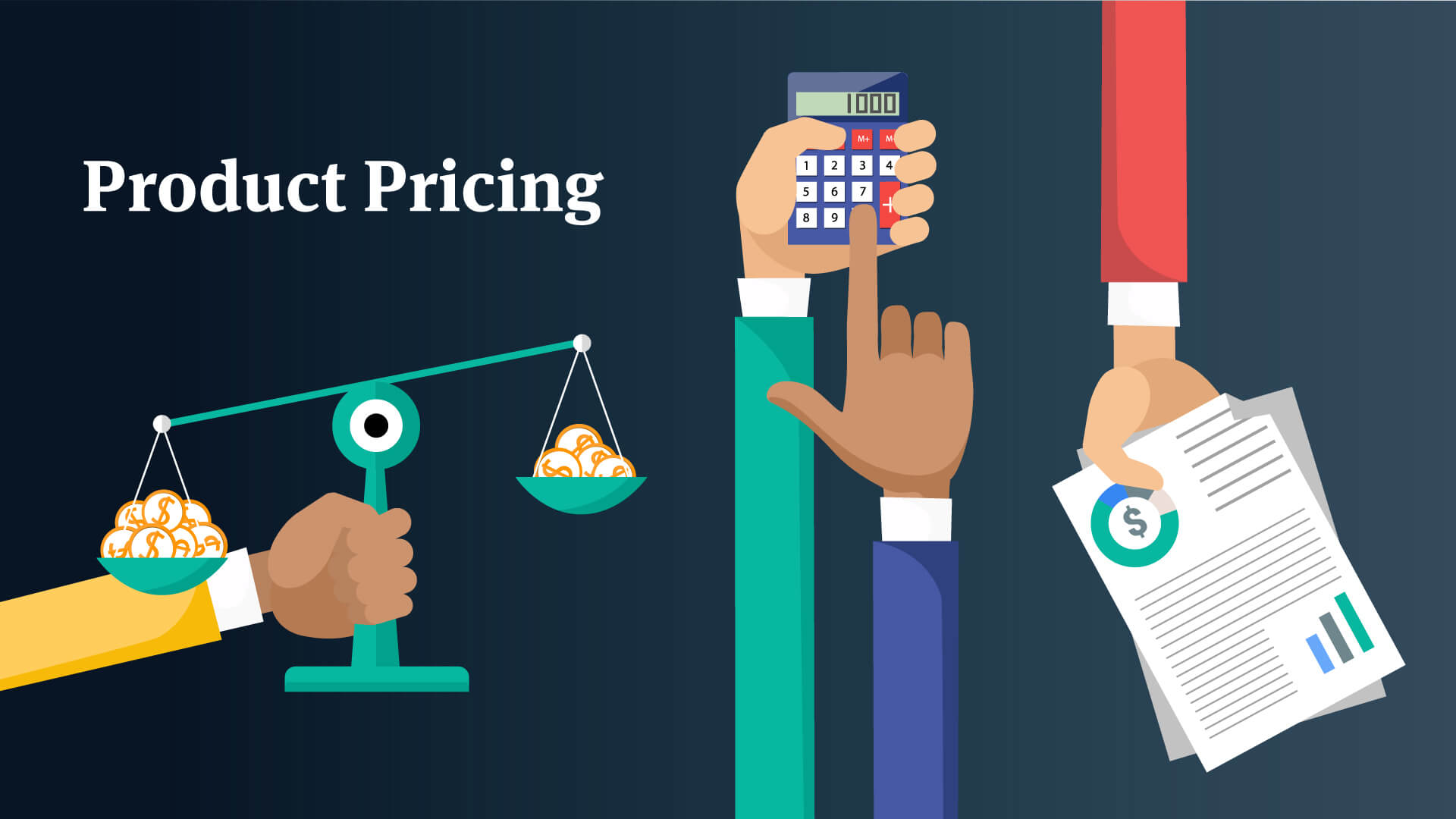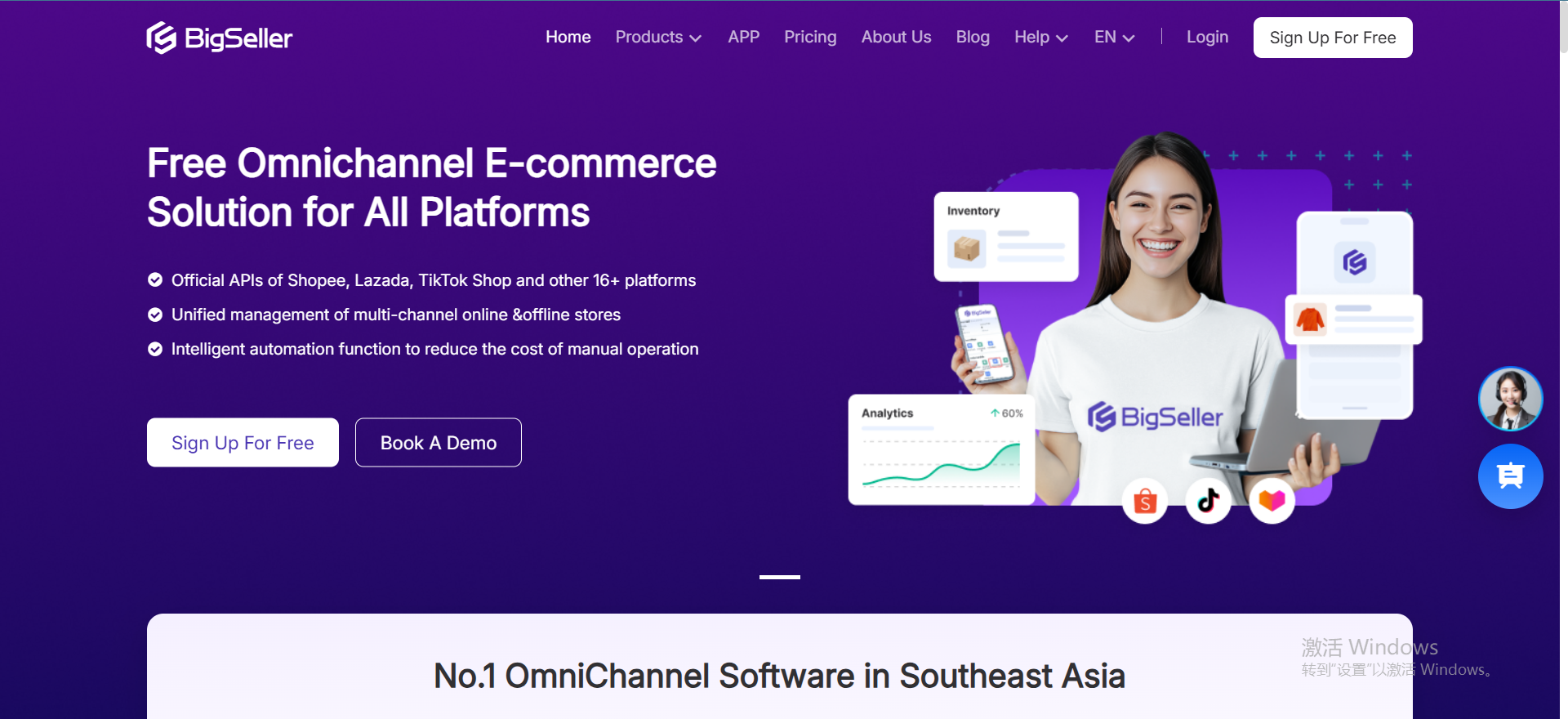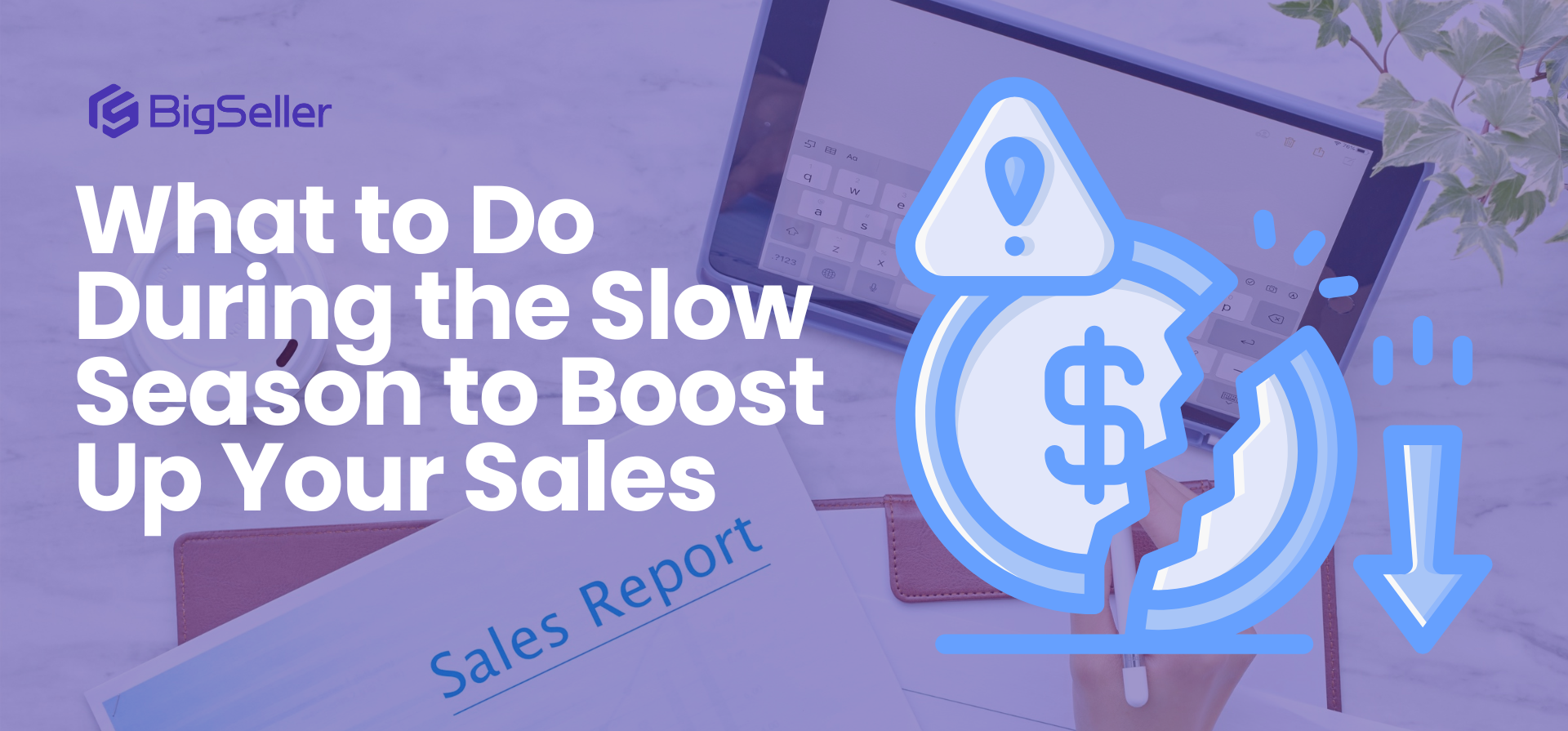Tariff Turbulence: Understanding Trump’s Trade War Impact on E‑Commerce
Jayson 10 Apr 2025 12:29EN
1. Introduction & Background
In April 2025, President Trump dramatically escalated the U.S.–China trade conflict by raising tariffs on Chinese imports from 10–25% to 125%, while simultaneously imposing a 10% levy on most other trading partners. This “tariff spike” was accompanied by a 90‑day review period that ultimately zeroed in on China alone, creating unprecedented uncertainty for importers and online retailers alike .

At the same time, the administration briefly suspended the $800 de minimis exemption for shipments from China and Hong Kong—meaning small‑parcel imports that had previously entered duty‑free now faced full tariffs—before reinstating it with stricter documentation requirements . Together, these moves have upended cost models, supply‑chain planning, and pricing strategies across the e‑commerce ecosystem.

2. Supply Chain Volatility and Order Disruptions
I. Order Cancellations & Delays
Facing sudden cost spikes, major online retailers have preemptively cancelled or delayed purchase orders to shield themselves from unplanned duty bills. For example, Amazon reportedly pulled back on $500,000 worth of beach‑chair orders from Chinese suppliers in May 2025 to avoid the looming 125% tariff burden.
II. Inventory Imbalances
This abrupt retrenchment has led to warehouse congestion in U.S. ports, as containers booked under previous tariffs arrive en masse, while subsequent bookings have dropped by 64% year‑over‑year for shipments out of Shanghai—a clear signal of buyer hesitancy . The resulting inventory imbalances strain relationships with 3PL partners and force merchants to juggle storage costs versus stock‑out risks.

3. Cost Pressures and Margin Compression
I. Price Hikes by Sellers
Chinese merchants on platforms like Amazon and eBay have been forced to raise prices by 20–50%, or in many cases exit the U.S. market entirely, rather than absorb a 125% duty on landed cost
II. Margin Squeeze for Retailers
A recent survey by Digital Commerce 360 found that 78% of mid‑market e‑tailers expect their gross margins to compress by at least 10% in H2 2025 due to tariff‑induced cost increases and de minimis uncertainty . Without real‑time duty calculations integrated into their pricing engines, merchants risk under‑pricing products or sacrificing margin through overly aggressive promotions.

4. Shifting Consumer Demand and Pricing Strategies
I. Demand Softening
Early indicators show a 5–8% decline in year‑over‑year unit sales for discretionary categories—such as apparel and consumer electronics—as end‑prices climb. In April 2025 alone, Google Trends data for “buy laptop” searches in the U.S. dropped by 12% compared to the previous quarter
II. Dynamic Pricing Tactics
To maintain conversion rates, forward‑looking retailers are deploying:
-
Flash sales with limited‑time, duty‑inclusive pricing
-
Tiered promotions (e.g., buy‑two‑get‑one at reduced tariff impact)
-
Bundling high‑margin items with tariff‑hit SKUs
These tactics help cushion the consumer from sticker shock while preserving margin integrity.

5. ERP‑Driven Resilience: BigSeller to the Rescue
Why ERP Matters Now?
An integrated ERP platform delivers real‑time visibility into landed costs, inventory levels, and duty obligations—capabilities that are mission‑critical amid tariff volatility. Key features include:
-
Automated Tariff & Duty Calculation: Instantly compute duties based on origin, HS codes, and shipment value.
-
Multi‑Region SKU Management: Maintain parallel SKUs for different tariff zones and dynamically switch sourcing.
-
Scenario‑Planning Dashboards: Model “what‑if” tariff scenarios to stress‑test pricing and inventory strategies.
BigSeller is a free e-commerce ERP system officially connected to Shopee, Lazada and TiktokShop. It supports batch scrape of 1688 products and listing them on Shopee stores, manages the shipping and refund of Shopee orders, and also supports generating purchase suggestions, inventory synchronization, data analysis, etc.
With BigSeller, sellers can streamline everything in one place—from product listings and order processing to inventory management, financial tracking, and automated operations. Click Here to Register BigSeller For Free!👈



